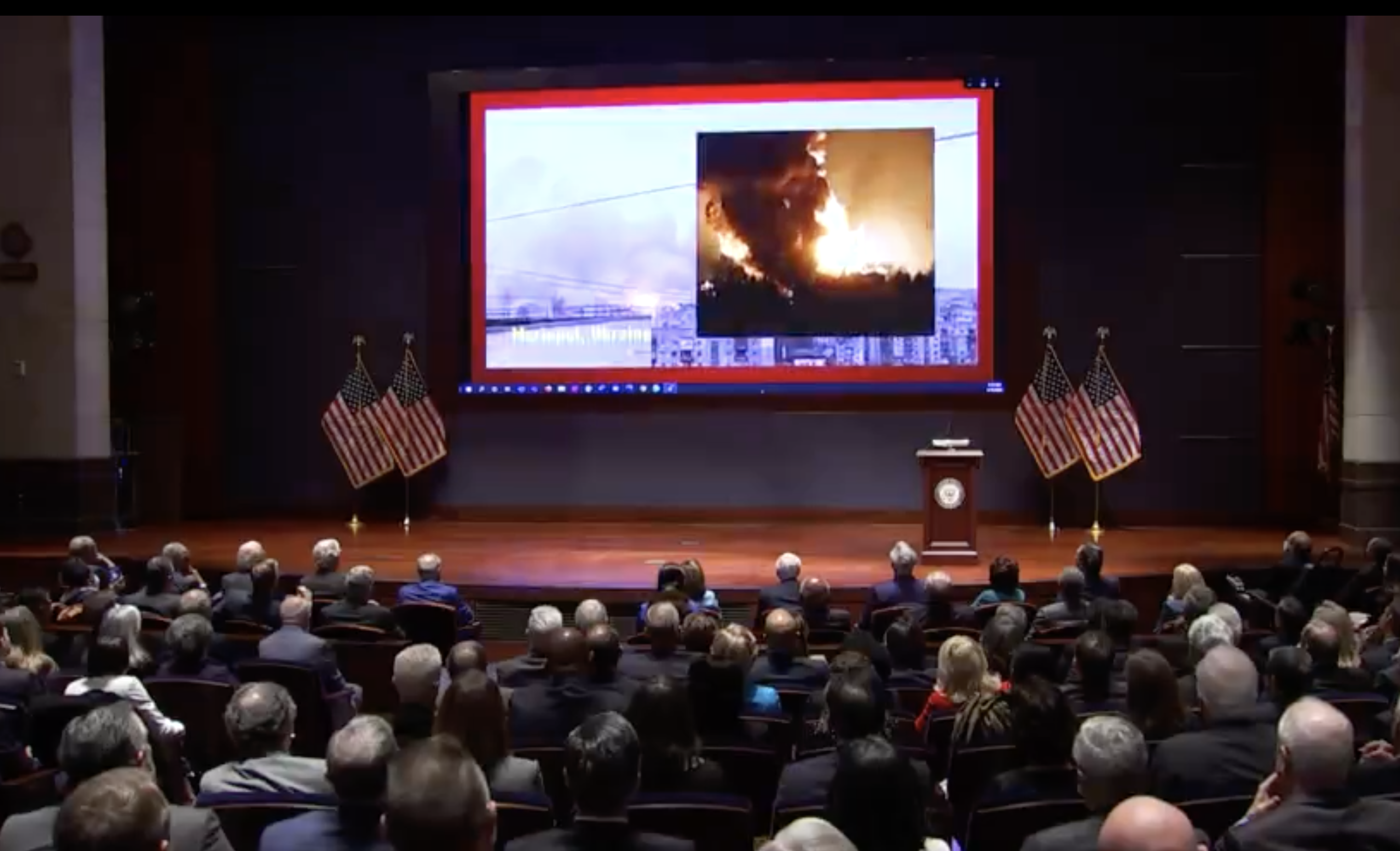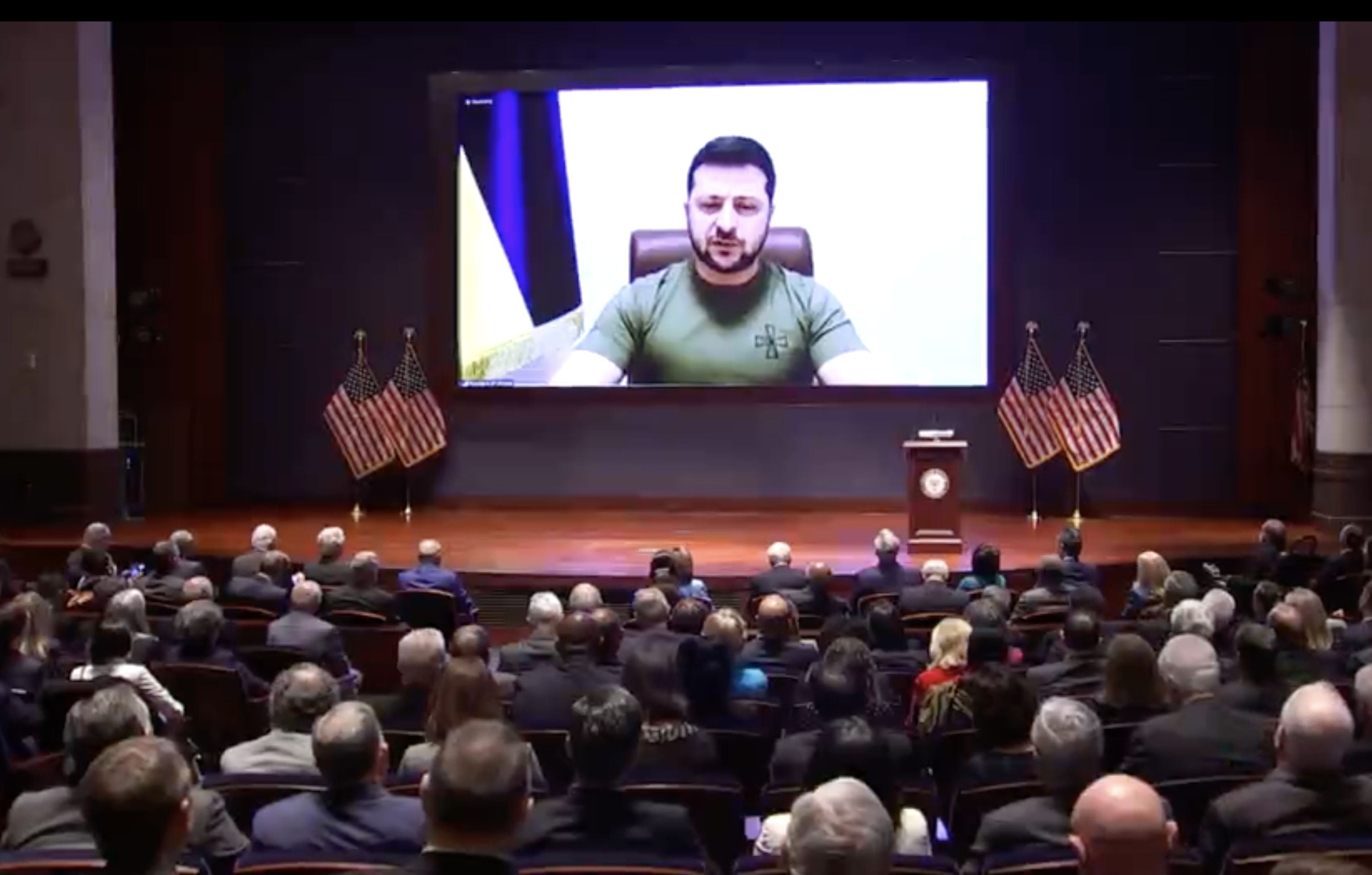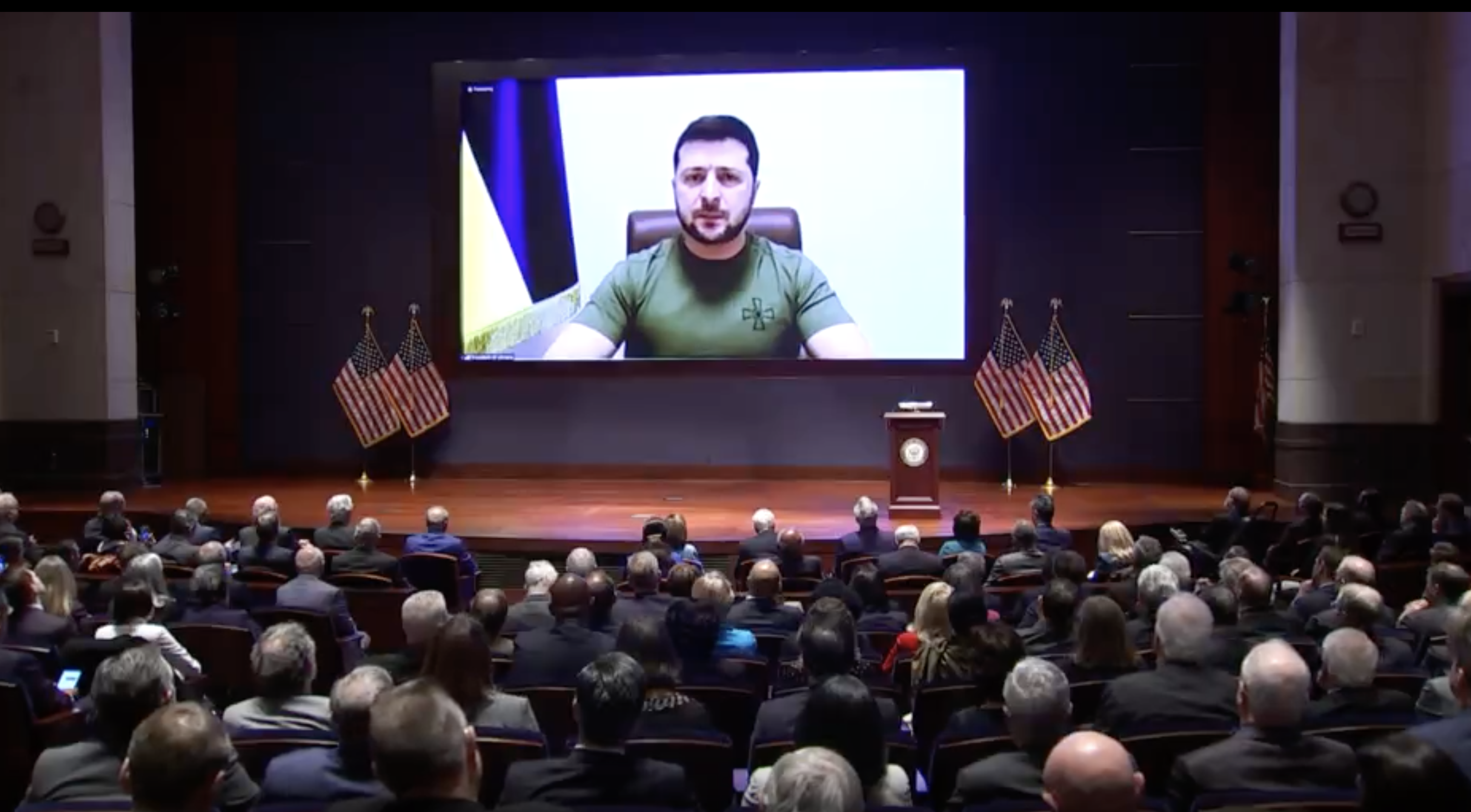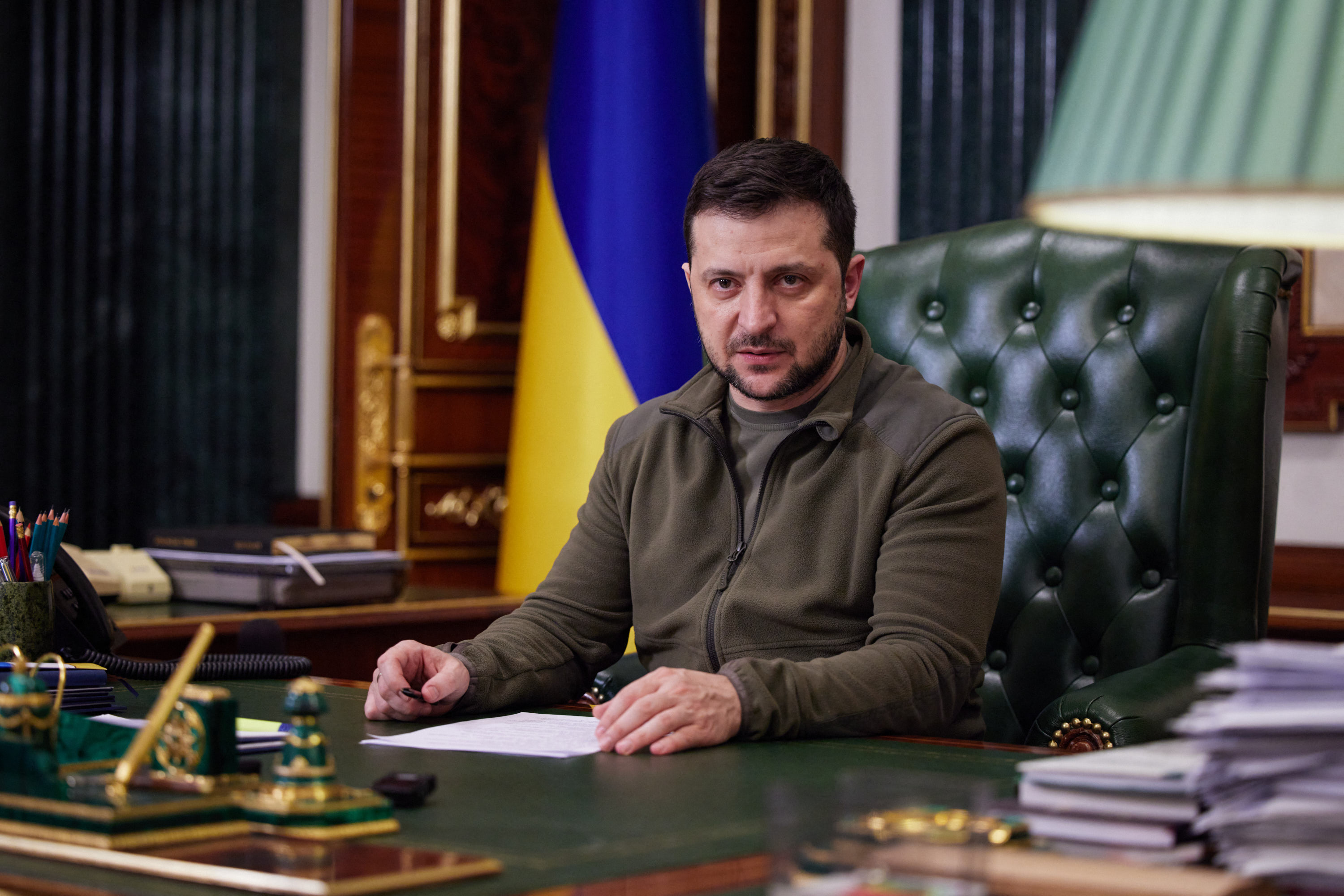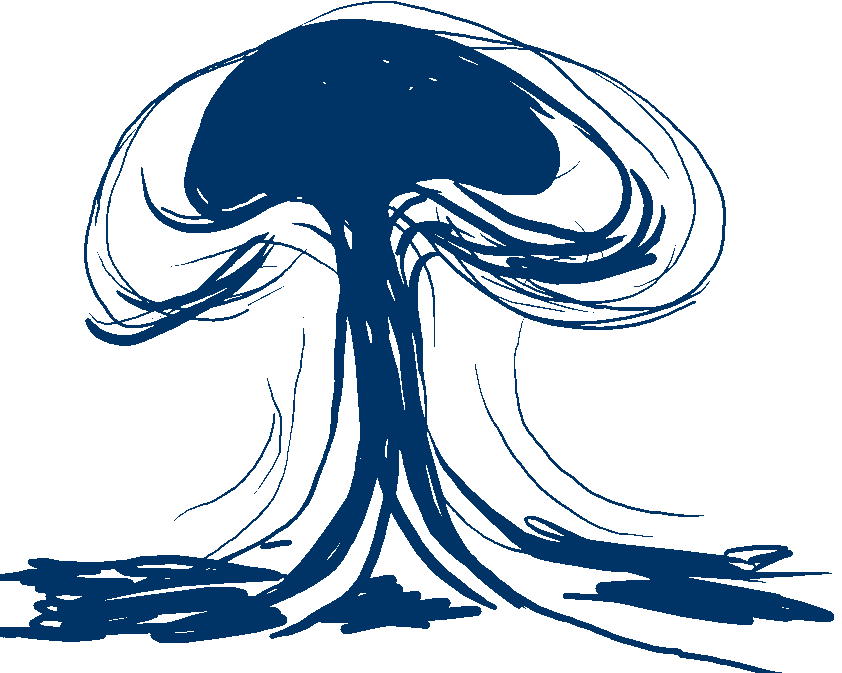In his virtual address to members of US Congress, Ukrainian President Volodymyr Zelensky reiterated his calls for the establishment of a no-fly zone over Ukraine.
Lawmakers of both parties have said they are wary of a no-fly zone at this time because they think it could pit the US directly against Russia in the skies over Ukraine.
White House press secretary Jen Psaki, meanwhile, told reporters on Tuesday that, despite requests from Zelensky, the White House does not support instituting a no-fly zone over Ukraine or supplying the Ukrainian Air Force with new fighter aircraft.
What is a no-fly zone? A no-fly zone is an area where certain aircraft cannot fly for any number of reasons. In the context of a conflict such as the one in Ukraine, it would probably mean a zone in which Russian planes were not allowed to fly, to prevent them from carrying out airstrikes against Ukraine.
NATO has imposed no-fly zones in non-member countries before, including Bosnia and Libya. However, it is always a controversial move because it means getting semi-involved in a conflict without fully committing ground forces.
What would happen if NATO imposed a no-fly zone? The problem with military no-fly zones is that they have to be enforced by military power. If a Russian aircraft flew into a NATO no-fly zone, then NATO forces would have to take action against that aircraft. Those measures could include shooting the plane from the sky. That would, in Russia's eyes, be an act of war by NATO and would likely escalate the conflict.
Why hasn't NATO imposed a no-fly zone? Neither Ukraine nor Russia is a member of NATO. Russia President Vladimir Putin clearly sees NATO as a direct threat to his authority and has recently criticized its expansion toward Russia, using it as justification for his invasion of Ukraine.
As a result, NATO is extremely reluctant to become directly involved in the Ukraine conflict with a rival nuclear power. While it supports Ukraine's resistance and recognizes Putin's actions as an invasion of a sovereign nation, the alliance is simply not prepared to do anything that could be interpreted as a direct act of war on Russia and risk an escalation that could lead to the use of nuclear weapons.
Read more about the no-fly zone here.
CNN's Clare Foran and Ted Barrett contributed reporting to this post.
